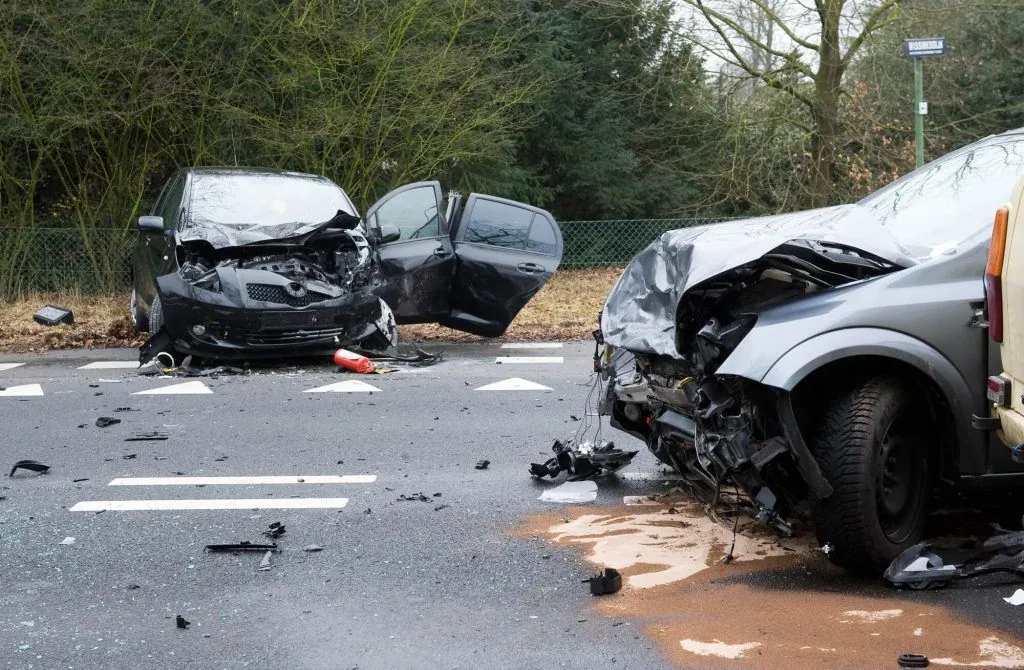Atlanto-Occipital Dislocation in the Pediatric Population: A Case Report
I’m Ed Smith, a Sacramento Personal Injury Lawyer. Children are a vulnerable population in more ways than one, and any traumatic injury can lead to severe impacts on their development. This is particularly true of their bones, which are still growing. When a child is involved in a car accident, this can lead to a devastating injury called an atlanto-occipital dislocation.
This dislocation is severe and, typically, a fatal traumatic injury also known as the “Hangman’s Fracture.” In this injury, the ligaments that connect the spinal column to the base of the skull, called the occiput, are severed. The top of the spinal column is made up of cervical vertebrae, including the atlas. The atlas connects the spinal column to the occiput, and an atlanto-occipital dislocation is a severing of this connection. This is also called internal decapitation. While it is possible for people to survive this injury, only about a third survive the immediate event and the majority of those still pass away soon after.
How does this Injury Occur?
This injury used to be seen when people were being hung by execution. With a correctly placed knot on the back, the spinal column would be forcibly disconnected from the occiput when the trap door was opened. In the modern world, this injury is more commonly seen in auto accidents. When someone driving a car or a truck collides with another object, the seat belt helps restrain the body from moving forward. However, the head may strike the window, the dashboard, or the steering wheel. If this happens at the correct angle, the spinal column can come loose from the skull and lead to an atlanto-occipital dislocation. This injury is often seen, in conjunction with bone fractures and a traumatic brain injury as well, mainly in car accidents. While the vast majority end in immediate death, there have been some reports of patients surviving this injury, and their outcomes have been tracked.
Atlanto-Occipital Dislocation: A Case Report
A 9-year-old boy was involved in a car accident and suffered multiple serious injuries. An atlanto-occipital dislocation is usually accompanied by a cardiac and respiratory arrest in addition to the spinal cord and associated nerve injuries. The child required resuscitation to restore his heart rate and blood pressure. The child received multiple rounds of IV fluids as his heart rate and blood pressure normalized. Unfortunately, the child was still struggling from a clinical perspective despite the stabilization of the vital signs. The physicians performed a detailed neurological exam which demonstrated several deficits in both the motor and sensory areas. They were concerned that the kid had suffered devastating complications despite surviving the dislocation. They sent the child for imaging where he received a CT scan, an MRI, and an x-ray. The CT scan demonstrated an abnormality in the brain which was followed by the MRI scan that showed a type of neurological malformation called a Chiari 1 malformation. This is a severe brain malformation that is typically accompanied by significant mental and cognitive deficits. The child received a visit from physical therapy as well as from occupational treatment who attempted to establish what the new baseline for this patient would be. The child ultimately survived the dislocation but still had a significant motor and cognitive disability that did not remit even months later.
The Lessons Taught by this Accident
Patients who are involved in a car accident, particularly children and those sitting in the passenger seat, do run the risk of suffering from this severe accident. While most people who experience this dislocation still pass away in the immediate aftermath, proper management of those who survive is the key to a favorable prognosis. Once they recover, there could still be significant costs associated with specialist visits and rehab appointments. This is where a consultation with an experienced lawyer can be helpful.
Watch YouTube Video: 4-Year-Old Sustains Internal Decapitation in Car Accident, Survives Thanks to Bystander. This video shows a devastating car accident that left a young boy with an atlanto-occipital dislocation, also known as internal decapitation injury.
Personal Injury Lawyers in Sacramento
I’m Ed Smith, a Sacramento Personal Injury Lawyer. An atlanto-occipital dislocation is a severe injury that is often associated with devastating complications if the patient survives the initial event. If you or a family member has suffered injuries in a car accident, call me for free, friendly advice at (916)-921-6400 or (800) 404-5400.
I’m a member of the Million Dollar Advocates Forum.
Feel free to take a few moments to review some of our verdicts and settlements.
Some reviews written by our past clients can be seen on Avvo, Google, and Yelp.
Image Attribution: depositphotos.com
:dr cha [cs 810] cv

